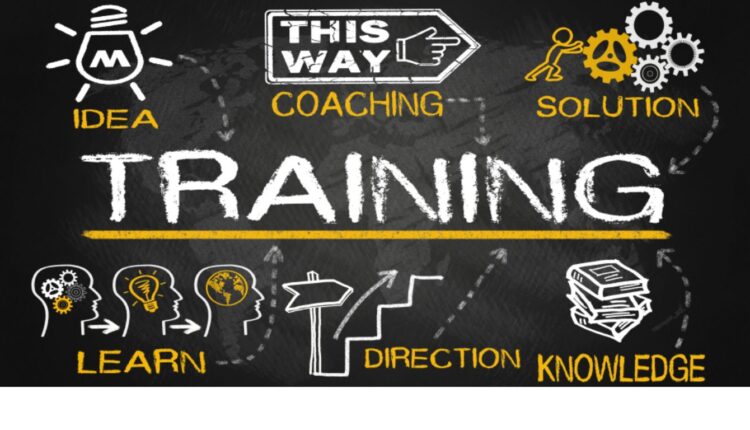Any successful organization needs an efficient employee training and motivated workforce. Efficient staff translates into increased outputs, happy customers, and healthy bottom lines.
Effective employee training produces employees who know how to do their jobs, are highly motivated, and exude confidence.
Skilled employees increase productivity and performance for any organization. They have intrinsic knowledge of the company’s values and goals and they genuinely care for the company.
It’s all good having an efficient workforce but if you don’t invest in employee learning strategies and employee training strategies, your once razor sharp employees might just turn into very dull blades.
An effective employee training program helps you to meet the needs of your company. It also helps your employees do their jobs properly.

6 Effective Employee Training Strategies
As an organizational leader, you can implement different strategies that may help your team feel more supported and inspired to perform highly in their roles on a day-to-day basis. While the specifics of each strategy may depend on the type of industry you work in and your employees’ individual needs, there are a few foundational approaches you can take to boost productivity and morale.
Here are six ways you can improve employee performance as a manager
1. Perform an Effective Workplace Training Needs Assessment
The first thing that you need to do is identify the areas that need to be addressed by the employee training strategies.
You need to be clear about the gaps that need to be filled. After that’s done you will have to decide on the different training modules to be incorporated.
You will have to identify the skill set of your employees that can benefit from an effective workplace training program.
Identifying these factors and being ready for the future will improve your efficiency and productivity.
Learn more: 7 Benefits Of Business Outsourcing 2023
Boost Your Productivity With These Simple 7 Hacks 2023
2. Use Data For Optimized Decisions
Try to create a learning program for identifying knowledge gaps and employee training strategies that can fill them.
You can also use data to measure the impact of the interventions that were put in place, through performance metrics.
3. Know Why You’re Doing The Training
One of the biggest mistakes made with training is not getting to the root of the problem. People will throw training at an issue and think it will “fix” an organization. Training is great, but if there are other issues, there is no amount of training that will fix a toxic culture, lack of processes and/or the need to fix equipment. Know why you’re doing the training and communicate it well.
4. Pair New Hires With A Mentor
Pair new employees with a mentor. This person is different from someone who will train the new employee on their job duties. A mentor will provide the ins and outs of the company culture. They will be the person the new employee can feel comfortable with to ask ancillary questions.
5. Consult with experts
If you don’t have in-house employee training experts, consider consulting with outside professionals who can help you put together an employee training plan and produce appropriate materials. You could hire an instructional designer or work with a local public school or community college. You could also partner with a governmental agency that already provides the kind of training you’re looking for.
Also, see 5 Importance Of Market Research For Business Success 2023
6. Evaluate and Revise Training
Measuring the results of your employee training program is likely the most important step. Interview and survey supervisors and workers to find out whether the desired changes are coming to fruition. Are managers seeing improved behaviors? Are there any reductions in turnover over time as a result of implementing additional training? Are employees feeling more successful?
Ask participants to quantitatively express those changes. For example, are workers putting in less overtime due to improved productivity? Do the numbers tell you that productivity has increased in the way you had expected?
Conclusion
Companies of all sizes can benefit from implementing well thought out employee training and development programs. They help organizations remain innovative and competitive, while increasing employee motivation and satisfaction.
Assess the effectiveness of each training module through learning evaluations like Explorance Metrics that Matter (MTM).

